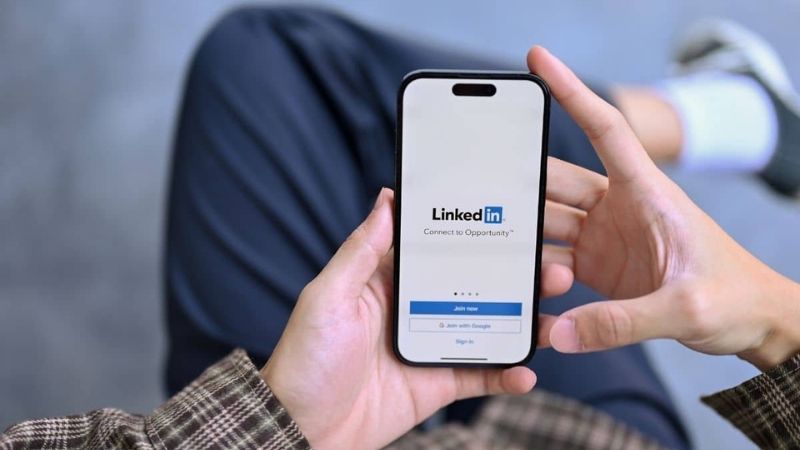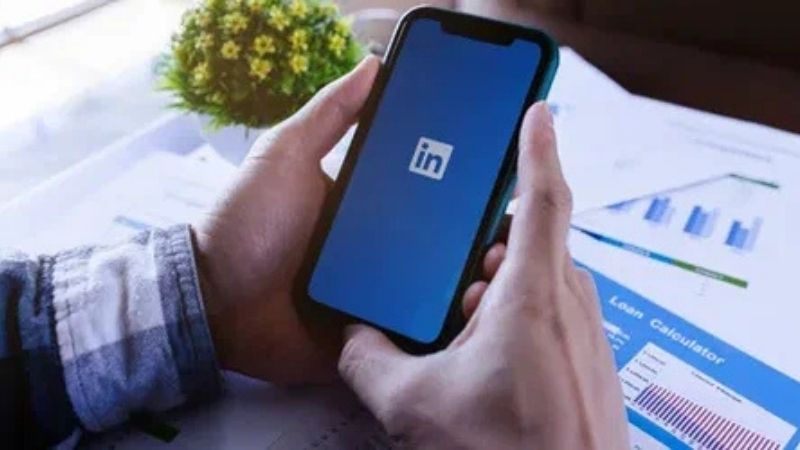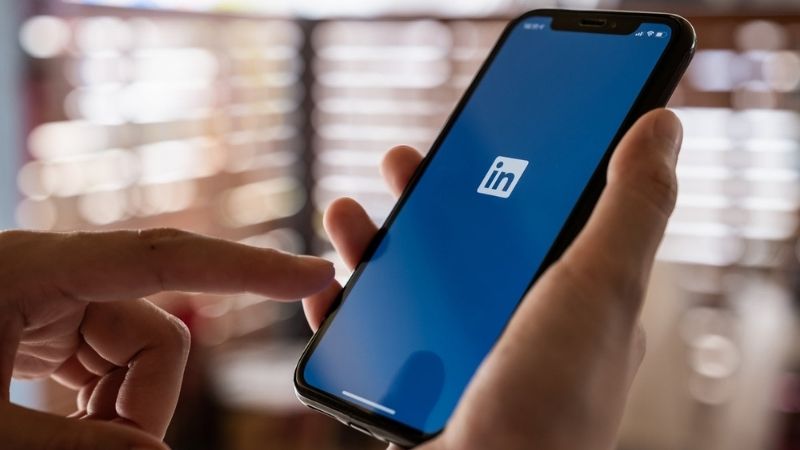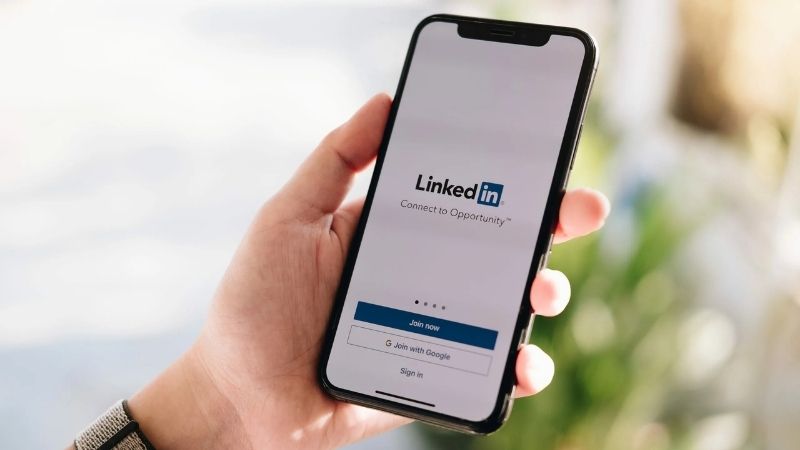The Dos and Don'ts of LinkedIn Posting

Ah, LinkedIn! For some, it’s just an online CV, for others, it’s the turning point in their career. But what does it mean to you? You may not have fully discovered the power of this platform. But believe me, when used correctly, LinkedIn is an incredible tool not only for finding a job, but also for building your personal brand, reinforcing your industry leadership, and making valuable connections. That’s exactly why today we’re diving into the intricacies of content sharing on LinkedIn, namely The Dos and Don'ts of LinkedIn Posting. This article is full of tips to make your profile shine and your posts reach your target audience. Are you ready? Let’s get started!
Do: Add Value, Share

The first and most important rule of success on LinkedIn is not just to "be there", but to add value. Imagine you're attending a party and you're not talking to anyone, you're just standing there quietly. LinkedIn is like that too. If you're just there with your profile and you're not sharing anything, no one will notice you. Your posts should reflect your area of expertise, your thoughts, and your perspective on the industry. This could be an article summary, a blog post you wrote yourself, your take on an industry trend, or even an inspiring quote. The important thing is to make your followers say, "Wow, this person really knows this stuff!"
Let's give you an example. Let's say you're a digital marketing expert. Instead of just saying “I’m a digital marketing expert,” you can share an analysis titled “How did the latest Google algorithm update affect traffic for X companies?” This shows that you’re not only knowledgeable about the topic, but also up-to-date on current developments. Maybe even ask, “How did this affect your company?” with a small survey. This will increase engagement and transform you from a passive profile to an active thought leader. Remember, our goal on LinkedIn is not just to be a “CV,” but also to be part of a community and contribute to that community.
People tend to follow profiles that give them something. So be really careful about what you share. Each post should have a purpose; it could be to inform, inspire, entertain, or start a discussion. Follow developments in your industry, comment on important news, and don’t be afraid to share your own perspective. Sometimes even a small anecdote can go a long way. For example, telling about an unexpected situation you experienced during a project and what you learned from it both shows your human side and can be a lesson to others. This will make your sharing more sincere and interesting.
Don't: Confuse LinkedIn with Other Social Media

This is probably one of the most common mistakes. LinkedIn is not Facebook or Instagram, folks. Sharing a photo of your fries, a funny video of your cat, or your personal vacation memories is usually not a good idea. LinkedIn is a professional platform and your posts should reflect that professionalism. Of course, it's nice to add a little personal touch, even show a human side. But it should be related to your business life, your professional development. For example, an inspiring photo you took at a training or new information you learned at a conference are all suitable content for this platform.
I can't even count the number of times I've seen a photo of someone's new car or a dinner menu in my LinkedIn feed. Such content distracts your audience from your professional purpose and undermines the seriousness of your brand. Sometimes people even think, "What's the deal with LinkedIn now?" Remember, there are potential employers who could hire you, potential customers who could do business with you, and industry professionals who want to connect with you. Think carefully about the kind of impression you want to make. If your goal is to grow your professional network, your content should serve that purpose, right?
Keep your personal life posts on other platforms. LinkedIn is a place to share your career accomplishments, learnings, industry analyses, and business-related thoughts. Of course, you can touch on topics like “work-life balance,” but be sure to keep it professional. For example, when sharing a moment you spent in nature on a weekend, you can relate how it inspired you and how it reflects on your work. This both adds a personal touch and maintains your professional perception. In short, always ask yourself, “Does this post contribute to my professional brand on LinkedIn?” If the answer is 'no', it's probably best not to share.
Do: Engage and Network

One of LinkedIn’s greatest strengths is the opportunity to network. It’s not enough to just share content, it’s also important to comment on, like, and interact with others. Imagine meeting new people at a conference. Instead of just exchanging business cards and stepping aside, you try to engage them in conversation and hear their thoughts, right? The same goes for LinkedIn. Leave meaningful comments on posts from people who share your interests. Instead of saying, “Great post!”, make detailed comments like, “I agree with you on this, especially your point X was very relevant. I saw a similar situation at Company Y…” This shows your knowledge and enriches the discussion.
Also, personalize your connection requests. Instead of sending a standard connection request to someone you don’t know, include a message like “I really liked your speech at conference X” or “I read your article on Y and was very impressed, I would like to connect with you in this area.” This small touch explains why the other person should connect with you and increases your chances of being accepted. Remember, the goal on LinkedIn is not just to increase numbers, but to make quality connections. These quality connections can open up new opportunities, create mentoring opportunities, or simply introduce you to valuable people with whom you can exchange ideas.
Interaction is not limited to just commenting or connecting. Be sure to respond to comments on your own posts. Answer questions, keep the discussion alive, and really try to have a dialogue with people. Sometimes a comment can lead to an unexpected collaboration or a new learning opportunity. Remember, LinkedIn is a social network, and networks thrive on interaction. Build your own little community, add value to them, and in return, you will start to see value in them. This is a wonderful cycle that will not only support your professional career but also your personal development.